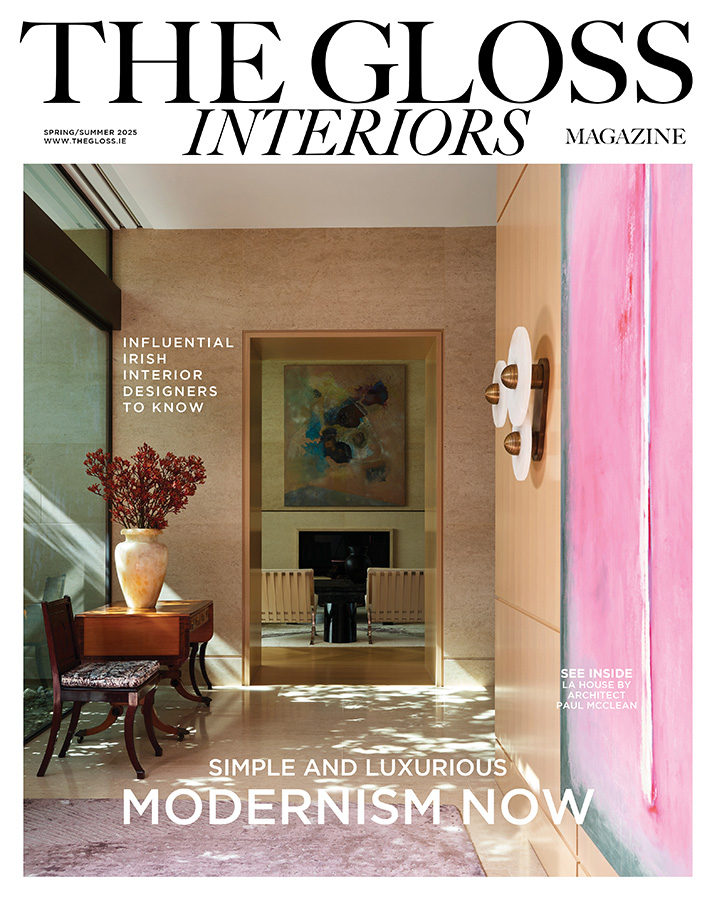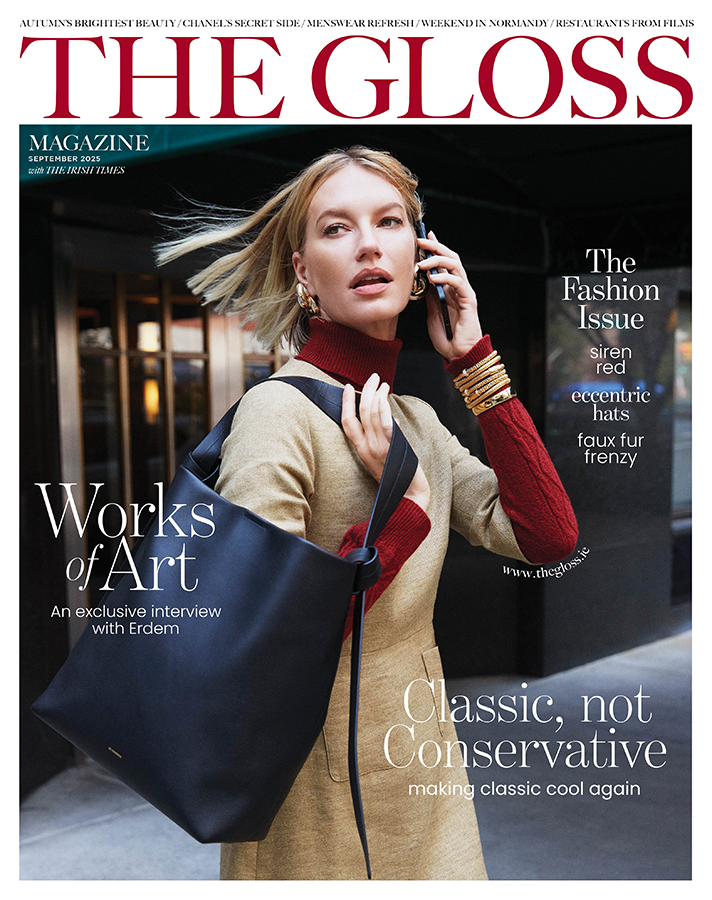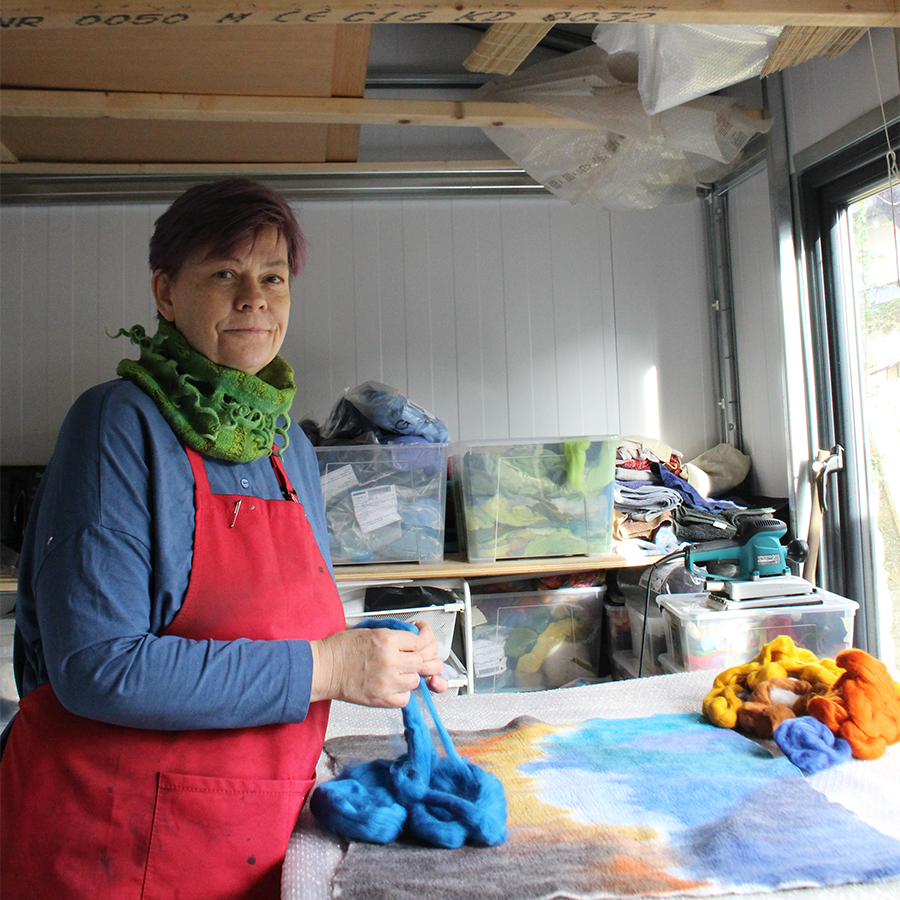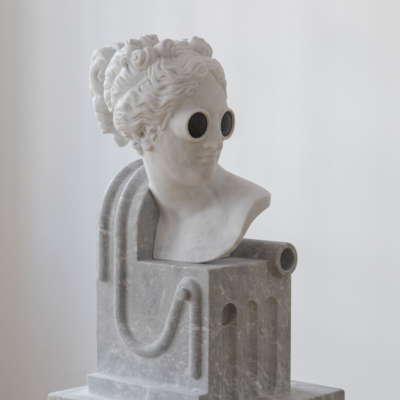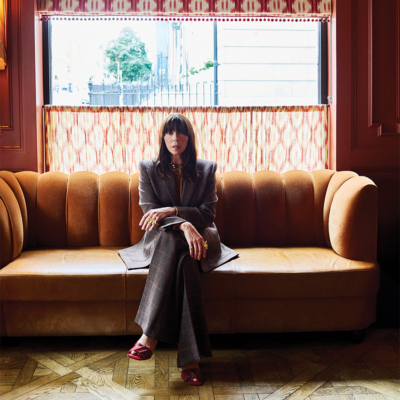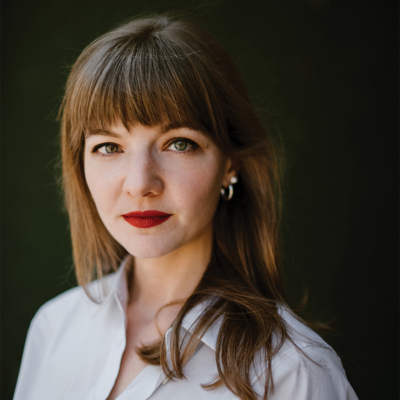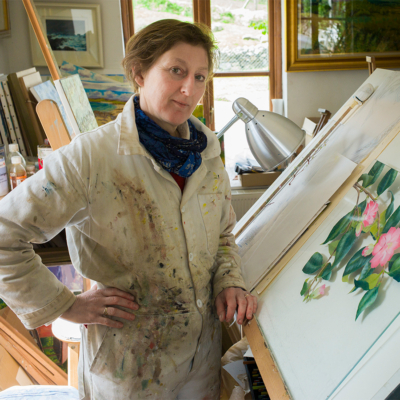Switching from ceramics to works in felted wool, Annika Berglund’s new exhibition at Olivier Cornet Gallery features wall pieces and a new series of wearable art …
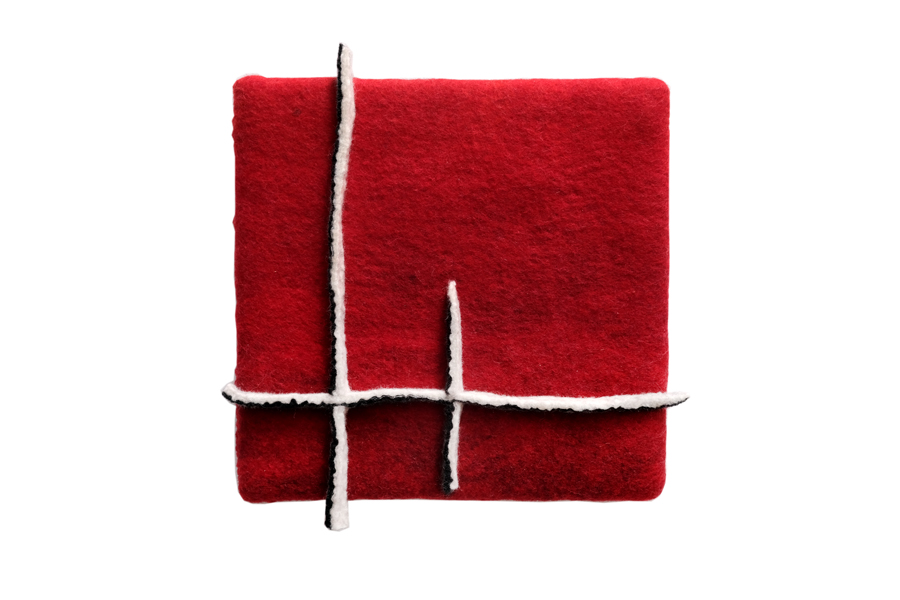
Who or what was instrumental to your career as an artist?
The main driver behind my career is a love of making, learning and improving.
The relationship between skill, imagination and the material I work with is central to me. The possibilities and restrictions of any given material help inform the direction of the work, both when taking advantage of what the material lends itself to do best, and when pushing the boundaries for what it may first seem least suited to do.
I feel my relationship to different materials is as important as my relationship with people I meet in life. There is a certain amount of getting to know each other, to find out where and how you can push past the polite surface impressions and make a real connection.
When I decided to change practice and explore different materials, the support from my gallery gave me the confidence to take a leap and keep challenging myself.
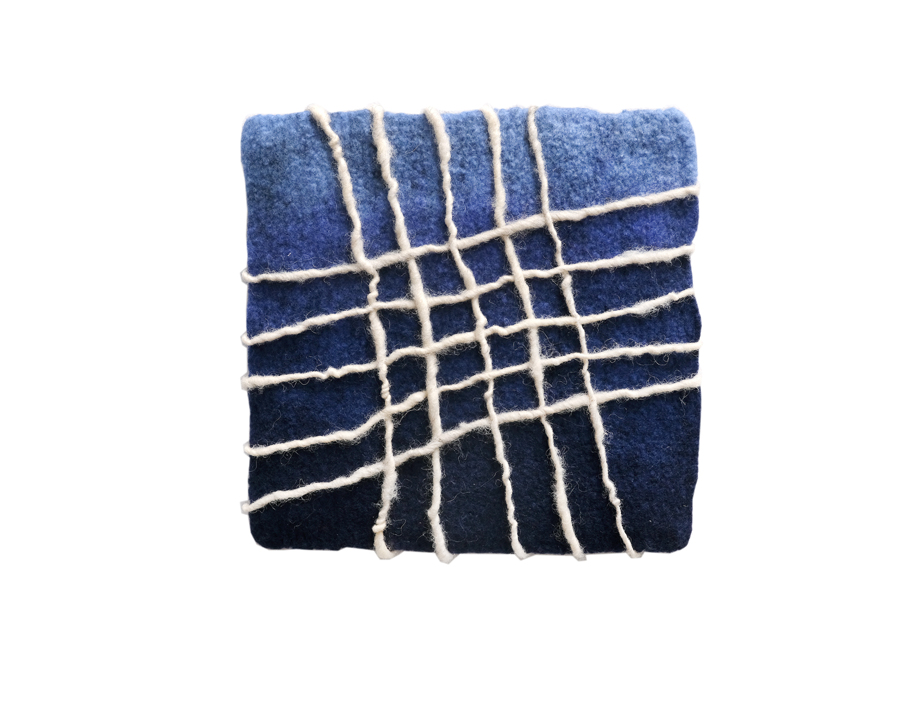
How and where do you work?
My method of developing work is quite playful and intuitive. With a theme in mind, I start experimenting with treatments, looking for a response that seems right. Samples are usually 20 x 20 cm with the same number of layers and components as the intended work. They are the real sketches as I work out how colour migrates through the layers of wool for the finished felt, and how to attach 3D elements to achieve the effects I am looking for.
I have a small studio in the garden with an extendable table where I make my larger pieces. Wool shrinks up to 50 per cent from laying out to the final version, so I need quite a bit of space. My largest piece for my new exhibition is 130 cm by 75 cm. The layout for that took up pretty much the whole studio before it started to shrink!
Jewellery pieces and stitching is something I do inside as a form of relaxation from the larger, more physically demanding pieces. I make my own frames from wood as I like the freedom to create work of any size I choose. Sawdust does not go well with wool, so I make them outside when the weather is good.
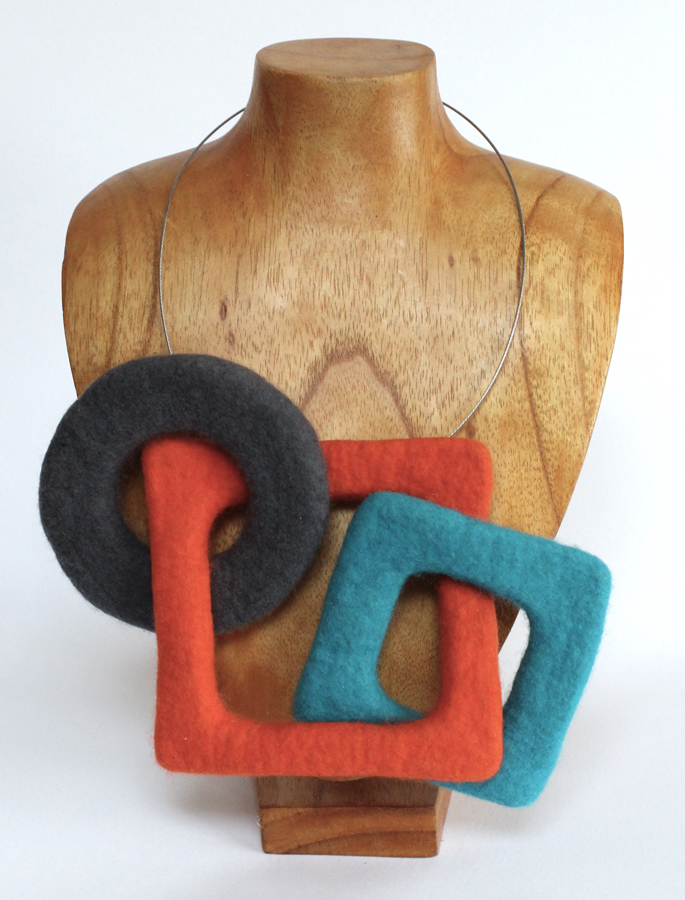
You have worked in various mediums – from bronze to clay to glass. Now you are presenting an exhibition of pieces on the theme of weaving. Can you explain your inspiration behind “Tapestry” ?
I loved working in clay, bronze and glass, but made a move towards fibre arts on environmental grounds. My worries about the energy-hungry aspect of my earlier practice came to a head when I participated in an exhibition about global warming. The dissonance between the theme of the show and the amount of electricity used in making the work made me start looking at other ways of making, especially fibre arts. Felting proved promising with great potential for 3D work and allowed experimenting with colour. Most importantly, the main energy involved is elbow grease as large, felted works can be physically demanding to make. Luckily, felting is providing at least as much scope for experimentation and challenge as my earlier craft practice.
Another aspect that I like about my current practice is that you can go back to older work, rework it or cut it up and incorporate it in new work, which adds to its sustainability.

What’s the symbolism behind the exhibition?
I like to make connections to traditional crafts. My 2014 exhibition “Materiality” was based on the malleable property of clay and the pattern created when wedging the clay prior to using it. My 2021 exhibition “Interlocked” had a central theme based on how, in the process of felting, wool fibres through soap, water, rubbing and agitation create connections that hold them together so tightly they can no longer be pulled apart.
The work in “Tapestry” is not woven, but the theme centres on the basic elements of weaving, the warp and the weft. The warp encompasses the constants that create a baseline or continuity for life; which will always be with you, for good or bad. The weft, the threads that go across the warp, grow the fabric with each new addition. They pull together the weave and constantly create new patterns. These are events, people and circumstances that come and go; their contribution growing the weave and creating complexity, whether they just make a single appearance or are part of a recurring pattern.
In parallel and as a light relief from the work for “Tapestry” I have been working on a collection of jewellery combining felt with thrifted vintage beads. This work seemed to grow in parallel and in synergy with the Tapestry pieces, so I am showing them in a side exhibition in the gallery.
Need to know: “Tapestry” by Annika Berglund is on at the Olivier Cornet Gallery, 3 Denmark Street Great, Rotunda, Dublin 1 from November 17 to December 15. www.oliviercornetgallery.com
SEE MORE: Artistic License – Mary A Kelly



